World ranking of wealthy countries: why the US and Singapore are not as rich as they seem at first glance
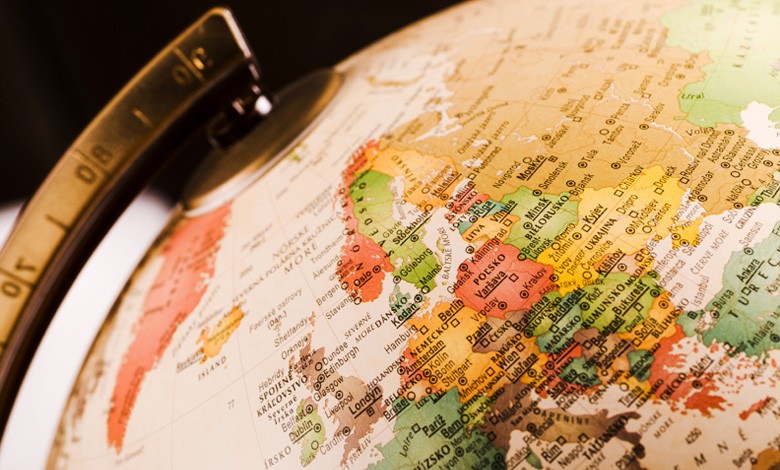
When we talk about the wealth of countries, in most cases indicators such as GDP per capita come to mind. It is used by the International Monetary Fund when forming its ranking of the richest countries. However, this approach is not the only one. There are other, no less interesting evaluation methods — for example, ratings by average and median wealth. These approaches reveal a completely different picture for us: countries that impress with large GDP figures may appear less successful when it comes to the equal distribution of wealth among the population. The changes made by alternative ratings can significantly reshape the global economic picture. So what does the global landscape look like when viewed from different perspectives? Let’s look at it in more detail.
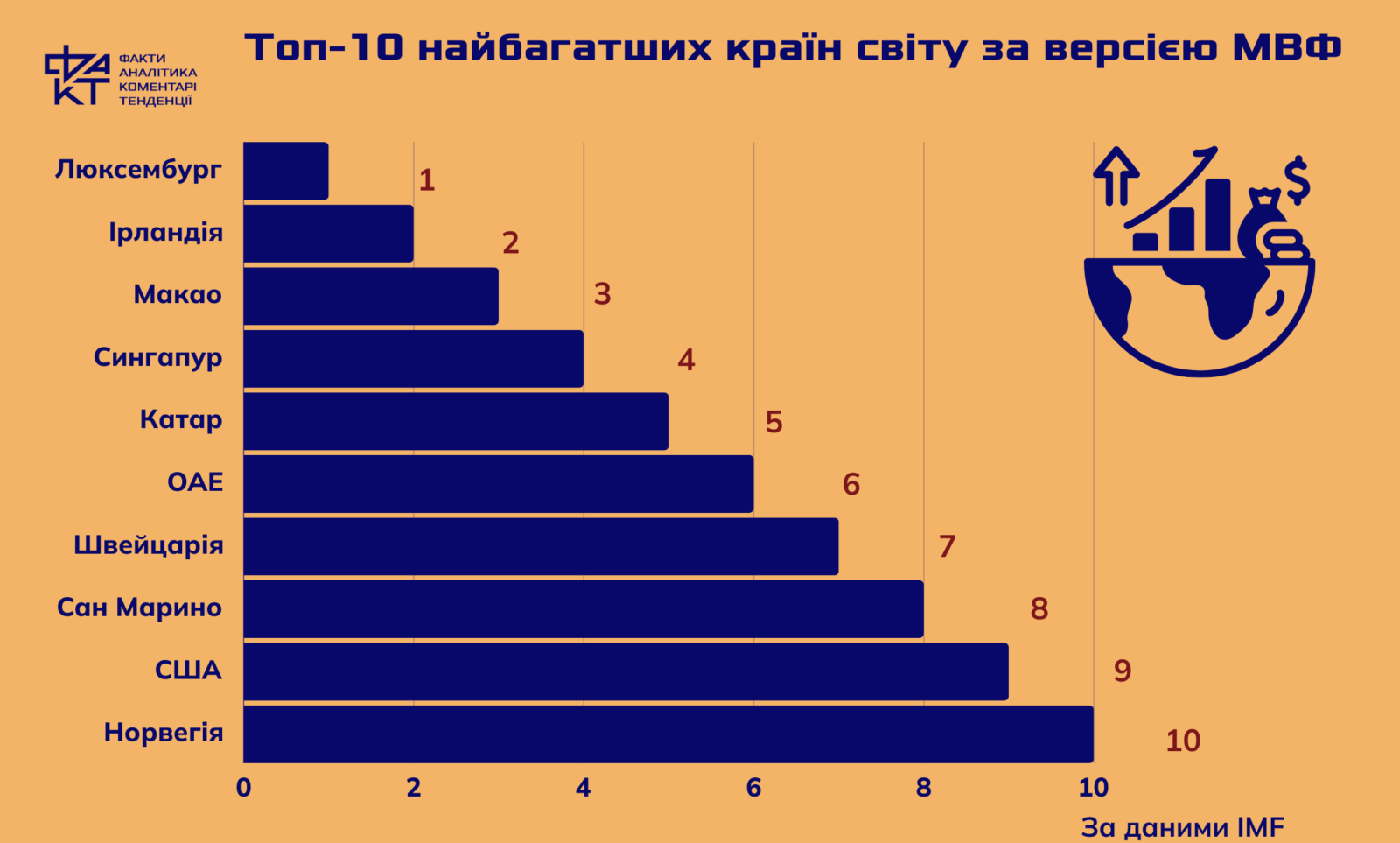
The other day, the International Monetary Fund published a new ranking of the richest and poorest countries in the world. His results caused a lot of surprises. Who would have thought that this time Switzerland, the “banker of the world”, would not make it to the top of the list? In its place, other economic leaders – Luxembourg and Ireland – were in the first positions. In the IMF rating, Switzerland is only the seventh country. Instead, she is first in the “Wealth per person” rating. What actually determines the wealth of a country? IMF experts used three key criteria — GDP per capita, export diversification and the level of integration into the global financial system — to create a picture of the economic landscape.
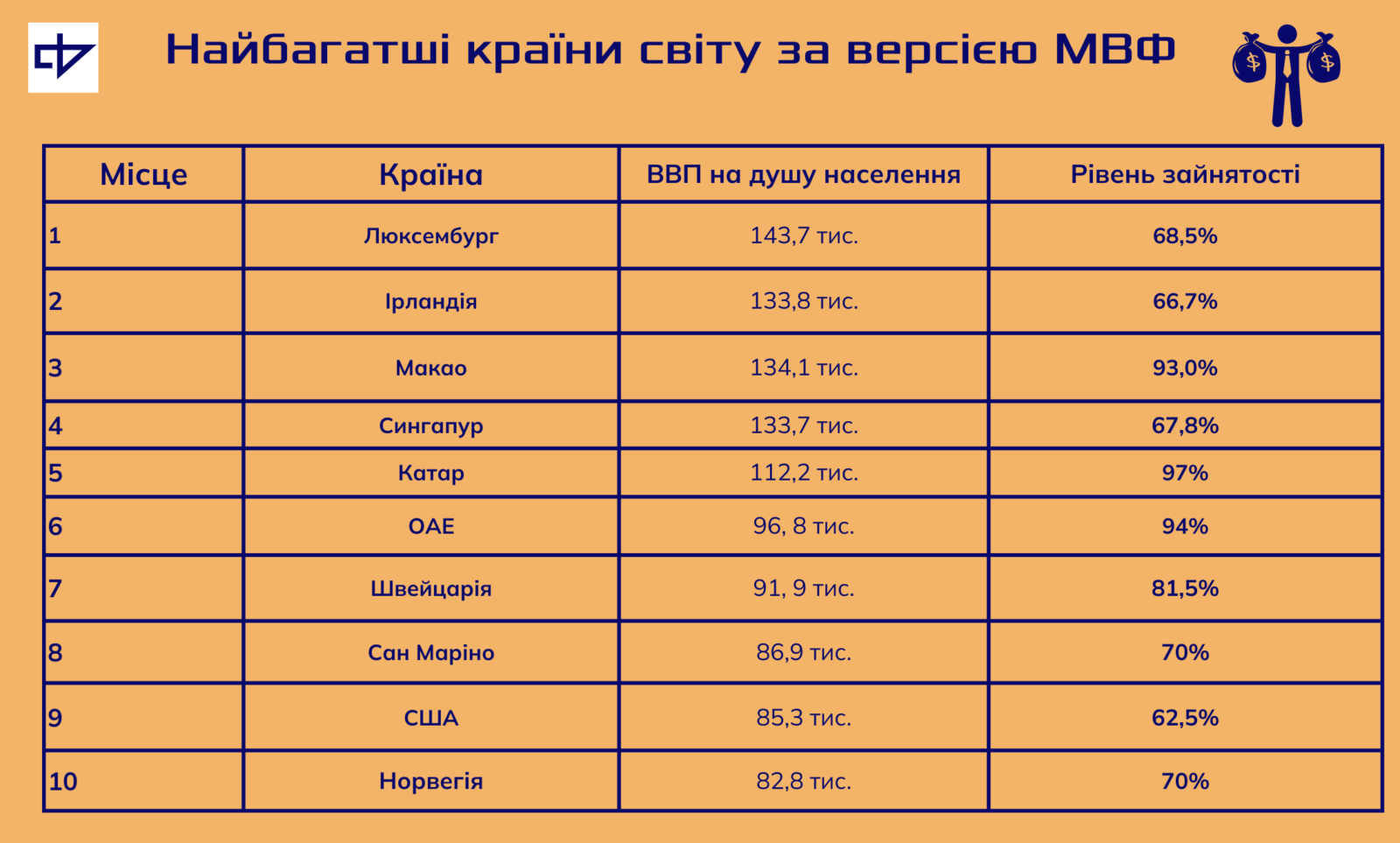
What is it about?
GDP per capita – is an indicator that measures the total value of all goods and services produced in the country during the year, divided by the number of inhabitants. It is an important indicator of economic well-being per person.
Export diversification evaluates the variety of goods that the country exports. If the economy is based on several types of raw materials, this indicates a low level of economic development. Progressive economies have a broader export basket that includes high-tech goods and services.
Integration into the global financial system – this is an important criterion that determines the degree of involvement of the country in international trade and financial markets, reflects its economic openness and ability to attract foreign investments.
An equally important indicator is the level of employment of the population, which has a significant impact on GDP. Countries with high levels of employment usually show impressive indicators of economic well-being, as employment contributes to consumer demand and overall economic growth, although there is no direct correlation.
At the same time, the specialized publication Visual Capitalist offers to build a ranking of countries according to the indicator “Wealth per person”. At the same time, he emphasizes that this indicator can be considered from two sides – both the level of average wealth in the country and the level of median wealth, which determines the construction of completely different ratings.
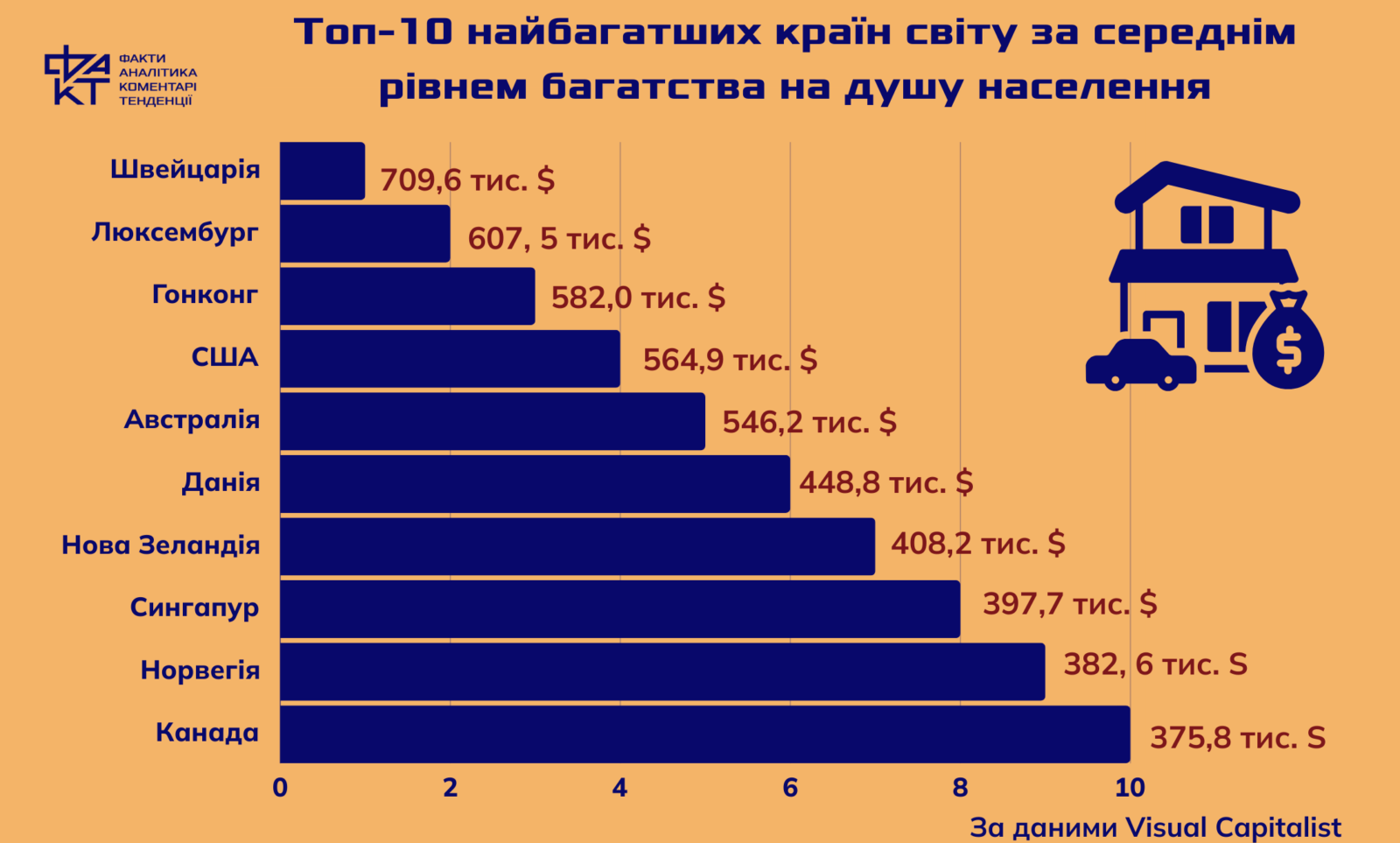
Average wealth is the total amount of wealth divided by the number of people in the country. This indicator can be skewed by very rich or very poor people. For example, if there is one person in a group with huge wealth, the average wealth for the whole group will be higher than it actually is.
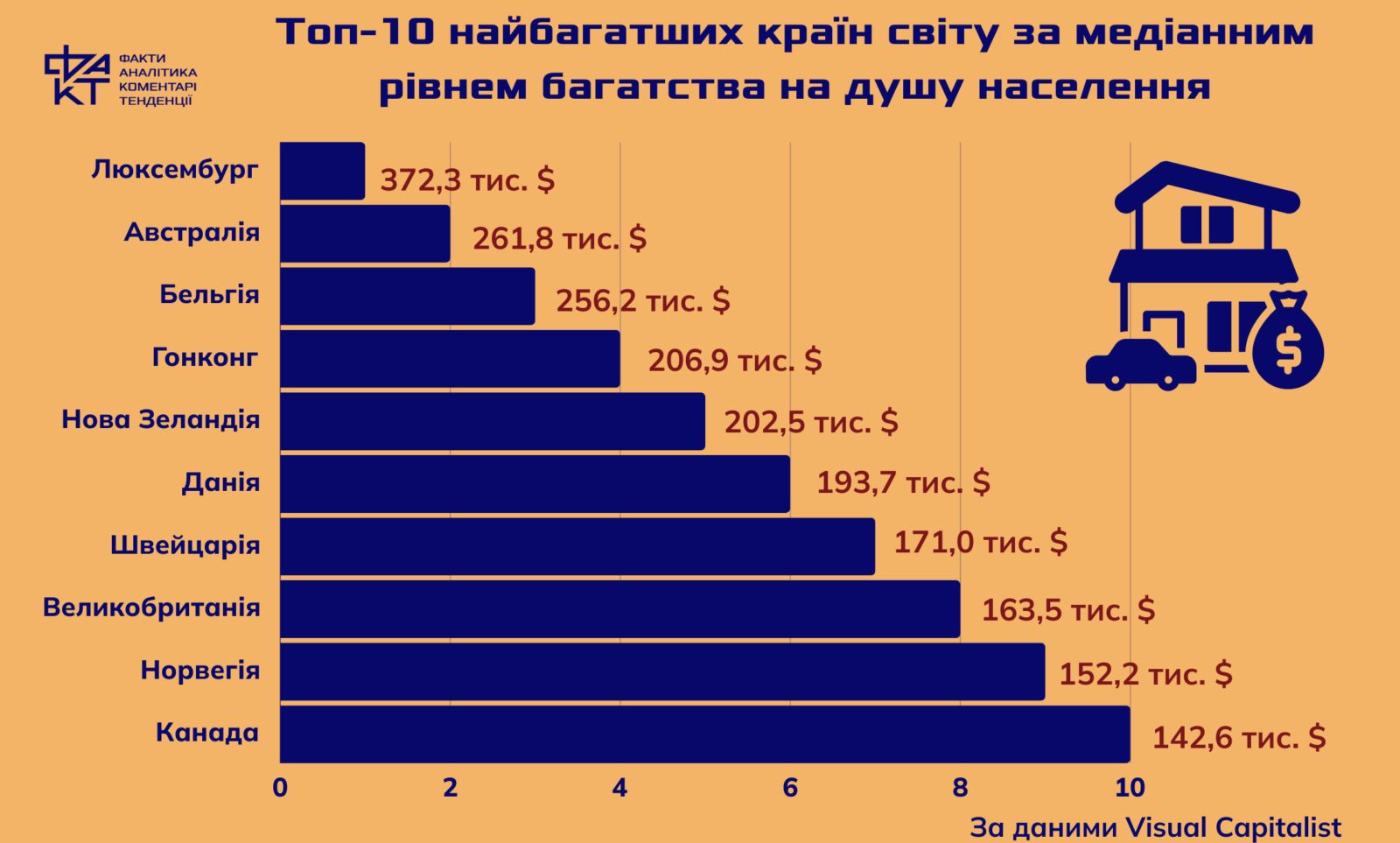
Median wealth, instead, is the mean value that divides the population into two equal parts. It means that half of the people have more wealth and half have less. The median is not sensitive to extreme values, so it can give a more accurate picture of how the “average” person in a certain country is doing.
What do the given histograms indicate?
Luxembourg ranks high both in terms of average wealth per person ($607.5 thousand) and median wealth ($372.3 thousand). This indicates a relatively even distribution of wealth, where the typical adult has substantial wealth and wealth is not concentrated exclusively in the hands of a small number of individuals.
European countries dominate the top 10 list in terms of both average and median wealth per capita.
Singapore and the United States have high median wealth per adult, but their comparatively low median wealth reflects significant inequality. In these countries, wealth is concentrated among a smaller number of very wealthy individuals, which artificially raises the indicator of average wealth.
Therefore, when analyzing the wealth of countries, it is important to consider not only traditional economic indicators, such as GDP per capita, but also alternative criteria, such as average and median wealth. These ratings allow for a deeper understanding of the economic situation and the degree of equality in the distribution of wealth among the population. While countries with high GDPs may be impressive overall, it’s the median wealth that helps reveal how stable and affordable that wealth is for average citizens. Thus, countries such as Luxembourg, where wealth is more evenly distributed, appear as examples of balanced economic success, while inequality in the United States and Singapore indicates concentrated wealth in only a limited part of the population.





